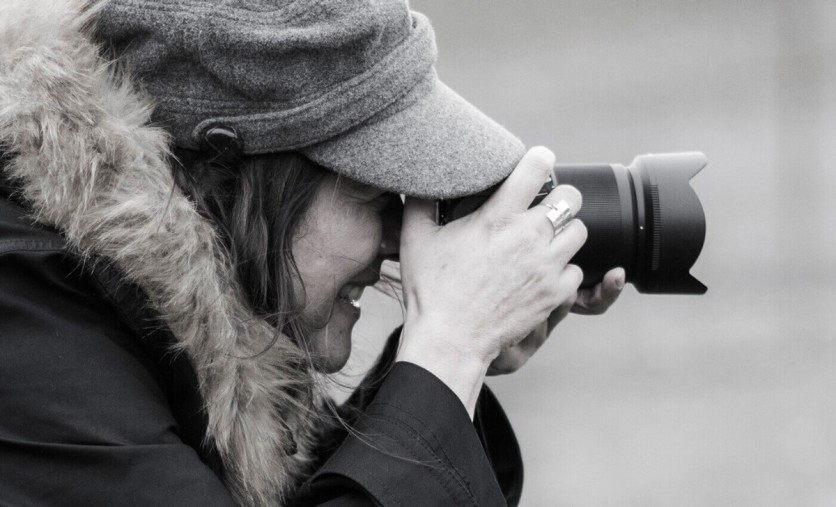
Nikon is debuting its new Z50 camera, a compact and lightweight mirrorless shooter designed for people who want to capture Instagram-worthy photos and videos.
The Japanese camera maker's unveiling of the Z6 and Z7 last year marked the company's embracing of full-frame mirrorless shooters as the way of the future. Both cameras have specs powerful enough to challenge Sony's Alpha A7R III and A7 III.
However, Nikon's Z series cameras are a bit too pricey for the average hobbyist's liking. The Z6 costs about $1,999, while the Z7 costs $3,500. Take note that these are just for the camera's body only. Bundling them with F4 S lenses could easily add somewhere between $2,600 and $4,000 to the total price.
A More Affordable Mirrorless Camera
To solve this, Nikon is releasing the entry-level Z50 camera to give its fans a taste of the Z series shooters. It features the same Z-mount system as its Z6 and Z7 cousins, but at a slightly more affordable price. It only costs $859 for the body.
Meanwhile, buying the new camera with a 16-50mm f/3.5-6.3 VR lens costs $999.95. There's also a two-lens bundle being offered that adds a 50-250mm f/4.5-6.3 VR lens to the mix. The kit costs a total of $1,349.95.
The Nikon Z50's Specs
What makes the Z50 different from other mirrorless cameras is the lack of a full-frame sensor. Instead, the Nikon shooter uses a 20.9-megapixel DX sensor, which is more commonly known as APS-C. While this smaller sensor allows the camera to have a smaller body compared to the Z6 and Z7, it doesn't produce the same quality of images as the two earlier Z cameras.
The good news is that the Z50 also uses the same set of Z-mount interchangeable lenses. This provides the Nikon shooter with similar versatility as its full-frame counterparts.
Despite its slightly smaller frame, the Z50 has a solid build courtesy of its magnesium-alloy body. Its sizeable grip lets users grab hold of the camera more easily when taking photos. However, the Z50 isn't rain and weather-resistant like the Z6 and Z7. Its water resistance level is said to be comparable to that of the Nikon D5600.
Since the Z50 is geared toward hobbyists and vloggers, Nikon added a few nifty features to the camera as well. It has a 3.2-inch touchscreen that can be flipped 180-degrees downward to let users check their composition and framing while they film themselves. It also has a built-in pop-up flash for better lighting.
Nikon even came up with its specially-designed tripod for the Z50. This allows owners to use the camera with its touchscreen flipped, which would have been blocked if paired with most other gimbals in the market.
Lastly, the Nikon Z50 can handle up to 11 frames per second of continuous shooting, as well as 209 phase-detect autofocus points. It also can capture 4K UHD videos at up to 30 FPS, and slow-motion clips at 120 FPS.
The camera does have a built-in microphone jack for audio recording, but it lacks a headphone out jack, unlike the Z6/Z7.
ⓒ 2025 TECHTIMES.com All rights reserved. Do not reproduce without permission.




